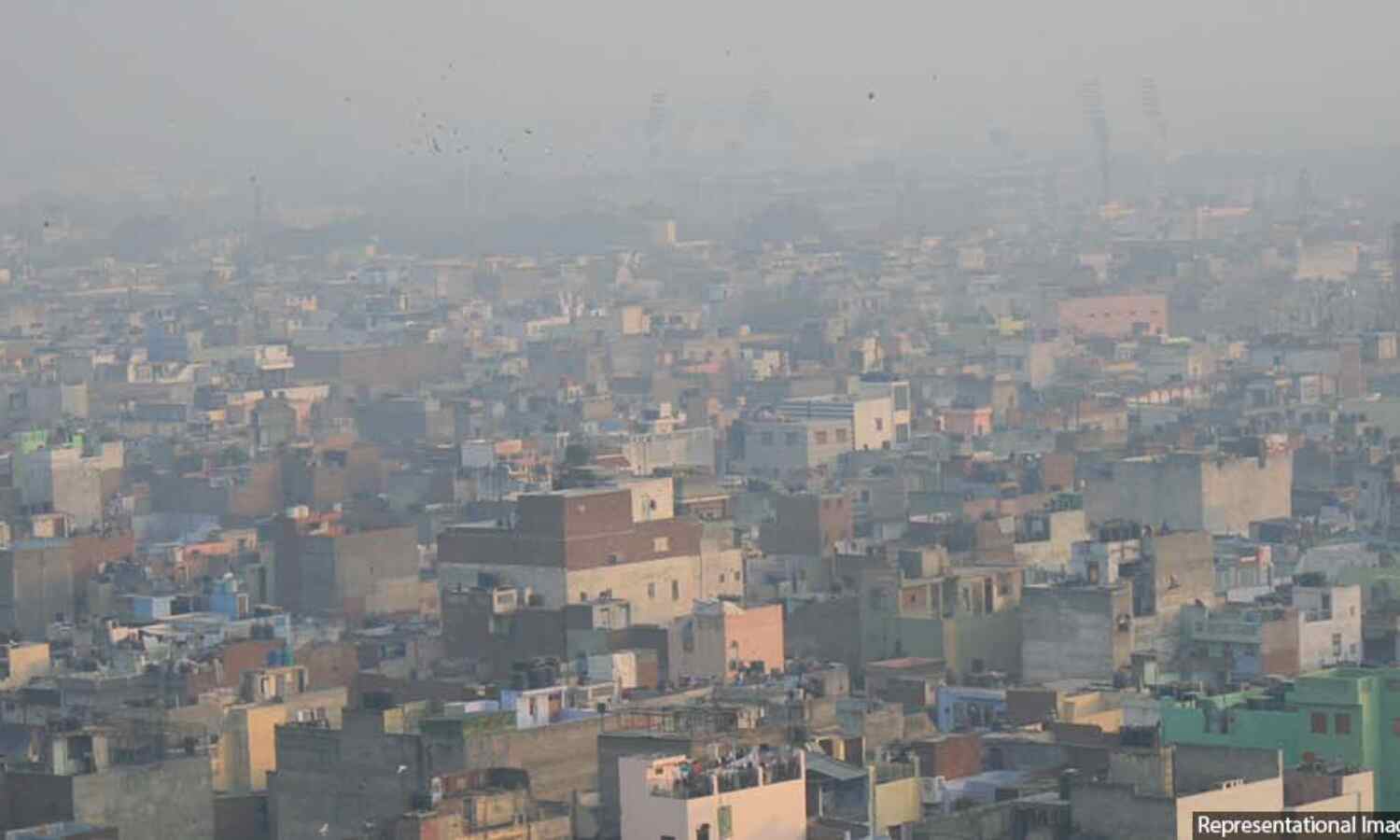Kanpur Has World’s Most Toxic Air, As Do Indian Cities
Mumbai: Kanpur reported the worst particulate matter (PM) 2.5 level of 173 micrograms per cubic metre (μg/m3)--annual mean--across the world measured in 2016, data from the Word Health Organization (WHO), released on May 2, 2018, show.
PM 2.5 refers to particulate matter known to pose the greatest threat to human health, smaller than 2.5 micrometers, or roughly 1/30th the thickness of the human hair.
The PM 2.5 annual mean for Kanpur (173 µg/m³) in 2016, was 17 times the WHO's annual mean of 10 µg/m³. It was also three times more than the national ambient air quality annual mean of 40 µg/m³.
Among the 32 Indian cities for which pollution was measured in 2016, Mizoram’s capital Aizawl recorded the best PM 2.5 level (27 μg/m3).
As many as 14 of the top 15 cities that reported the worst PM 2.5 level in 2016 across the world were from India, and all 14 were from north India.
Kanpur was followed by Faridabad (172 μg/m3), Varanasi (151 μg/m3), Gaya (149 μg/m3), and Patna (144 μg/m3). Delhi was sixth with PM 2.5 level of 143 μg/m3.
As many as 12 of the 15 worst cities with high PM10 level in 2016 were from India, with Kanpur topping the list (319 μg/m3).
PM10 is less than 10 millionth of a metre in diameter – six times finer than human hair, and is a record of air pollution from non-combustion sources like road dust and dust storms.
Kanpur was followed by Faridabad (316 μg/m3) and Delhi (292 μg/m3). Ali Subah Al-Salem in Kuwait was ranked ninth (198 μg/m3), followed by Ulaanbaatar in Mongolia (197 μg/m3).
Chinese cities performed better in terms of air pollution levels, especially PM 2.5 levels. China’s worst performing city in 2016, Baoding, recorded PM 2.5 level of 93 μg/m3 compared to Kanpur (173 μg/m3).
9 in 10 people across the world breathe polluted air
Nine in 10 people around the world breathe polluted air, the WHO 2018 findings reveal.
As many as seven million people die every year due to polluted air containing fine particles that enter deep into lungs and cardiovascular system.
Of these, the most (34%) die due to ischaemic heart disease, followed by pneumonia (21%), stroke (20%), chronic and obstructive pulmonary diseases (19%) and lung cancer (7%).
Ambient air pollution caused over 4.2 million deaths in 2016 while household air pollution from cooking with polluting fuels and technologies caused an estimated 3.8 million deaths in the same period, the WHO release said.
Children, women and outdoor workers are the most affected. Pneumonia due to exposure to household air pollution is responsible for 45% of all pneumonia deaths in children less than five years.
“Air pollution threatens us all but the poorest and most marginalized people bear the brunt of the burden,” Tedros Adhanom Ghebreyesus, director-general of WHO said.
“It is unacceptable that over 3 billion people – most of them women and children – are still breathing deadly smoke every day from using polluting stoves and fuels in their homes. If we don’t take urgent action on air pollution, we will never come close to achieving sustainable development.”
The WHO collects annual mean concentrations of fine particulate matter (PM 10 and PM 2.5). PM 2.5 includes pollutants like sulfate, nitrates and black carbon, which pose the greatest risk to human health. The WHO has recommended countries to reduce air pollution to annual mean values of 20 μg/m3 (for PM 10) and 10 μg/m3 (for PM 2.5).
Eastern Mediterranean Region and South-East Asia--which includes India--have the worst air pollution level with annual mean level exceeding by more than five times the WHO limits, followed by low and middle-income cities in Africa and the Western Pacific, the report said.
More than 4,300 cities across 108 countries are included in the WHO air quality database, making it the world’s most comprehensive database on ambient air pollution. Over 1000 new cities were added to the WHO database in 2016, which indicates that more countries are taking initiatives to reduce air pollution.
“In just two years, India’s Pradhan Mantri Ujjwala Yojana Scheme has provided some 37 million women living below the poverty line with free LPG connections to support them to switch to clean household energy use,” the report said, highlighting initiatives by countries to tackle air pollution.
The Central Pollution Control Board of India monitored air quality in 273 cities and towns across 29 states and six union territories in 2016 under the National Air Quality Monitoring Programme, according to this reply to the Lok Sabha (Parliament’s lower house ) on April 6, 2018.
As many as 190 cities exceeded the national air quality standards for PM10 in residential/industrial/rural areas and five cities in ecologically sensitive areas. As many as 51 of the 195 cities were in the five states of Maharashtra (22), Uttar Pradesh (20), Rajasthan (7), Bihar (1) and Delhi (1).
Why north India suffocates
India’s northern states (including Delhi and neighbouring areas) suffocate every year during the winter as smoke, mixed with fog and industrial pollution, form a thick haze over these states with air quality levels plunging below the danger levels.
One of the reasons cited for poor air quality level during this season is burning of straw by the farmers post harvest in October, IndiaSpend reported on November 10, 2017.
Stopping the practice of burning straw or stubble and other biomass could improve air quality in Delhi by 90%, according to a 2016 apportionment study by the Indian Institute of Technology, Kanpur, IndiaSpend reported on October 17, 2017.
(Mallapur is an analyst with IndiaSpend.)
We welcome feedback. Please write to respond@indiaspend.org. We reserve the right to edit responses for language and grammar.




